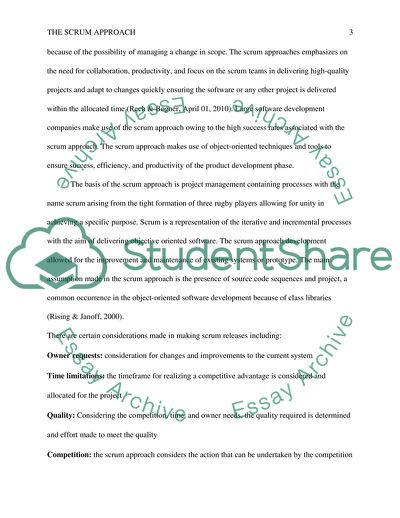Cite this document
(The Application of the Scrum Approach to Healthcare IT Analysis Essay Example | Topics and Well Written Essays - 2750 words, n.d.)
The Application of the Scrum Approach to Healthcare IT Analysis Essay Example | Topics and Well Written Essays - 2750 words. https://studentshare.org/design-technology/1859578-create-your-own-title
The Application of the Scrum Approach to Healthcare IT Analysis Essay Example | Topics and Well Written Essays - 2750 words. https://studentshare.org/design-technology/1859578-create-your-own-title
(The Application of the Scrum Approach to Healthcare IT Analysis Essay Example | Topics and Well Written Essays - 2750 Words)
The Application of the Scrum Approach to Healthcare IT Analysis Essay Example | Topics and Well Written Essays - 2750 Words. https://studentshare.org/design-technology/1859578-create-your-own-title.
The Application of the Scrum Approach to Healthcare IT Analysis Essay Example | Topics and Well Written Essays - 2750 Words. https://studentshare.org/design-technology/1859578-create-your-own-title.
“The Application of the Scrum Approach to Healthcare IT Analysis Essay Example | Topics and Well Written Essays - 2750 Words”. https://studentshare.org/design-technology/1859578-create-your-own-title.


